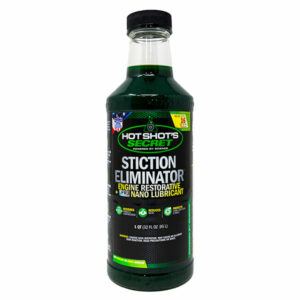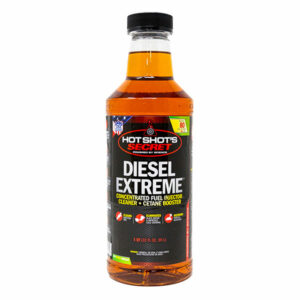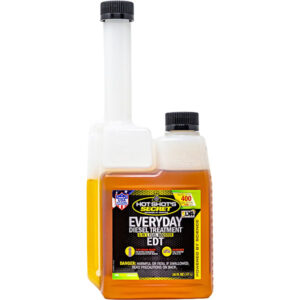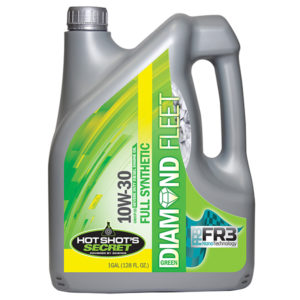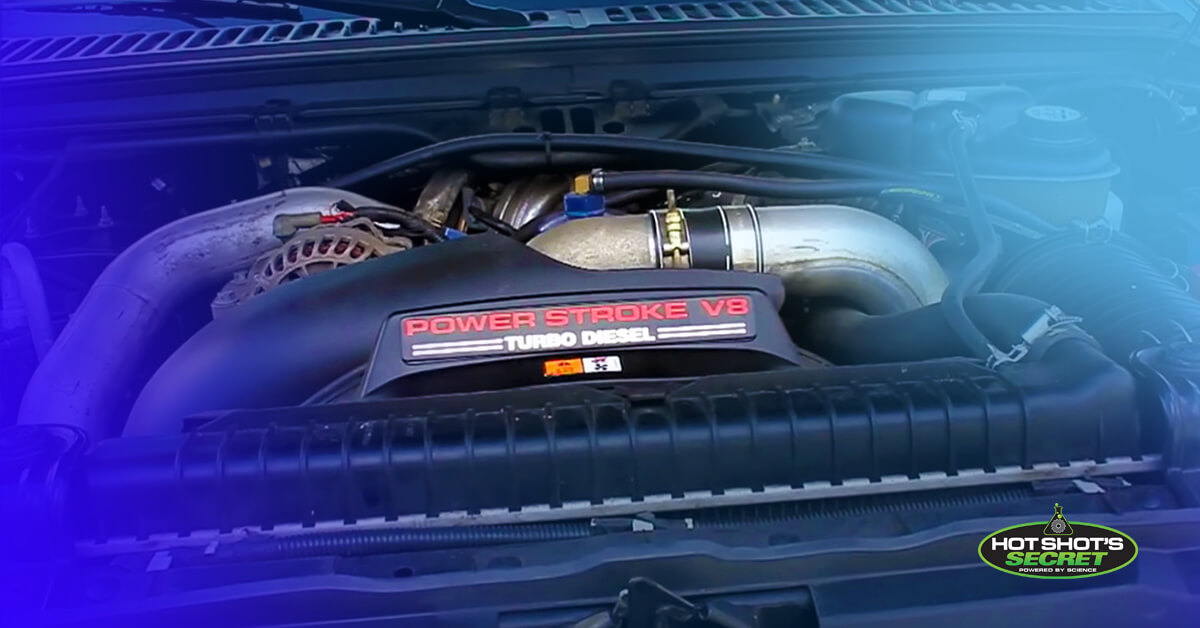
Three Common Issues Easily Remedied
Either you love it or you hate it, but the 6.0L Ford Power Stroke as one of the ‘big three’ diesel engines on the road had made a sizeable impact in the market during its four years of sales. As an adaption from the International’s VT365, the Ford-based 6.0 was designed as a step above the 7.3L in performance and fuel economy, with upgraded emissions capabilities for tightening federal regulations.
Unfortunately the motor design included flaws that had essentially earned the reputation in some circles, of being a lemon. With computer issues and related injector problems, the Power Stroke took a hit in reliability and reputation. The motor did also have it’s upside however, and many saw improvements in throttle response for example, and overall performance enhancements over the previous 7.3L. A new HUEI injection system was incorporated as well as an enhanced variable geometry turbocharger (VGT), and the savings at the pump were a noticeable difference delivered from the smaller engine.
And while the motor design included ups and downs in reviews, a few routine issues continue(d) to haunt their owners. Interestingly enough however, owners can take responsibility as well, and those that stay up to date on maintenance typically see strong and reliable results from the 6.0L Power Stroke. Below we review a few issues at the top of the list with some helpful tips to remedy or view our products to learn more about how we can help with common issues!
WHITE EXHAUST SMOKE:
A couple different factors could be involved in white exhaust smoke in the 6.0L Power Stroke, like Stiction in the injectors and/or a Failing EGR cooler.
Problem: In the case where the owner notices white smoke, primarily at start-up, it could be unburned fuel in the chamber due to an injector gunked-up in stiction. Until the engine’s combustion temperatures are able to warm up, the unburnt fuel emits the white smoke typically recognized in cold starts.
Solution: Clean your fuel injectors with a full dose of Stiction Eliminator to help reduce the smoke build up in both normal operations and cold starts. Plus, poor fuel quality can allow condensation in the fuel without the owner’s recognition. If the “water in fuel” light is on, or even a suspicion of water in the fuel, Diesel Extreme helps to clear out the condensation and increase cetane. If ever any water in the fuel, always change your fuel filter.
Problem: A failing EGR cooler could cause what appears to be white smoke, but is actually steam, indicating a leak of coolant into the exhaust system. As the first EGR system in the Ford diesel, the problematic EGR cooler can be replaced with an upgraded aftermarket cooler, available as an enhanced replacement over the factory installation.
Solution: Differentiate between coolant and fuel: If the exhaust smells slightly sweet, it is coolant. If exhaust smells almost like bug spray, it is unburned fuel.
Running Rough / Misfire
A couple different factors could be involved in rough-running operation in the 6.0L Power Stroke, like Stiction in the injectors and/or a mechanical failure of the injectors.
Problem: When the truck is running rough when starting cold, but then clears when the engine is running warm, and/or, if the truck is running rough during idle, there is a probable stiction build-up in the injectors.
Solution: The easy solution is pouring a dose of Stiction Eliminator to clean out your gummed-up injectors, enhancing both normal operations and cold starts. For a double-punch to the system, also add in Diesel Extreme when at the fuel pump, to clean out the entire fuel system.
Problem: If the truck is consistently running rough, all of the time, a severe case of stiction is a likely culprit of the spit and sputter. These symptoms can also indicate a damaged or failed injector, beyond the point of stiction elimination.
Solution: The easy solution is pouring a dose of Stiction Eliminator to clean out your gummed-up injectors, otherwise a repair or replacement may be required.
Problem: When an electrical issue, such as an ICP sensor failure, or if the FICM fails, misfires can be instructed to the injectors, causing similar spit and sputter in the engine.
Solution: Owners can visit the FAQ section of www.ficmrepair.com, and scroll down to “Can I test my FICM to ensure that it is the culprit?” and follow instructions on self-diagnosing the FICM. You will need a scan tool to properly diagnose this. If the FICM looks good, you may want to visit a knowledgeable repair shop specialized in diesel mechanics.
WHITE SMOKE AT THE OIL FILL CAP
If noticing excessive white smoke when removing the oil cap, it may be an indication of excessive crankcase pressure.
Problem: ‘Blow-by’ is when fuel, air, and moisture are forced past the cylinder rings into the crankcase. Due to the increased combustion pressure common to diesel motors, and when the pressure is too great for the piston rings to hold completely, some blow-by is normal on any diesel engine. Excessive blow-by however, can be caused by piston rings that are sticking in the bore.
Solution: One of the ways to check if blow-by is too great is to put your oil filler cap upside down on the filler hole. When running the engine, the cap gets blown off, there is too much pressure in the crank case. The easy solution is to use Stiction Eliminator and Diesel Extreme to free up both sides of piston rings.
When blow-by is caused from piston rings that are worn out, therefore the lower compression cylinder causing a misfire, these piston rings need to be replaced.
For those experiencing any of the above (or more), in any of your diesel engines, feel free to request assistance from Hot Shot’s Secret, either online and/or by phone at 1-800-341-6516.

